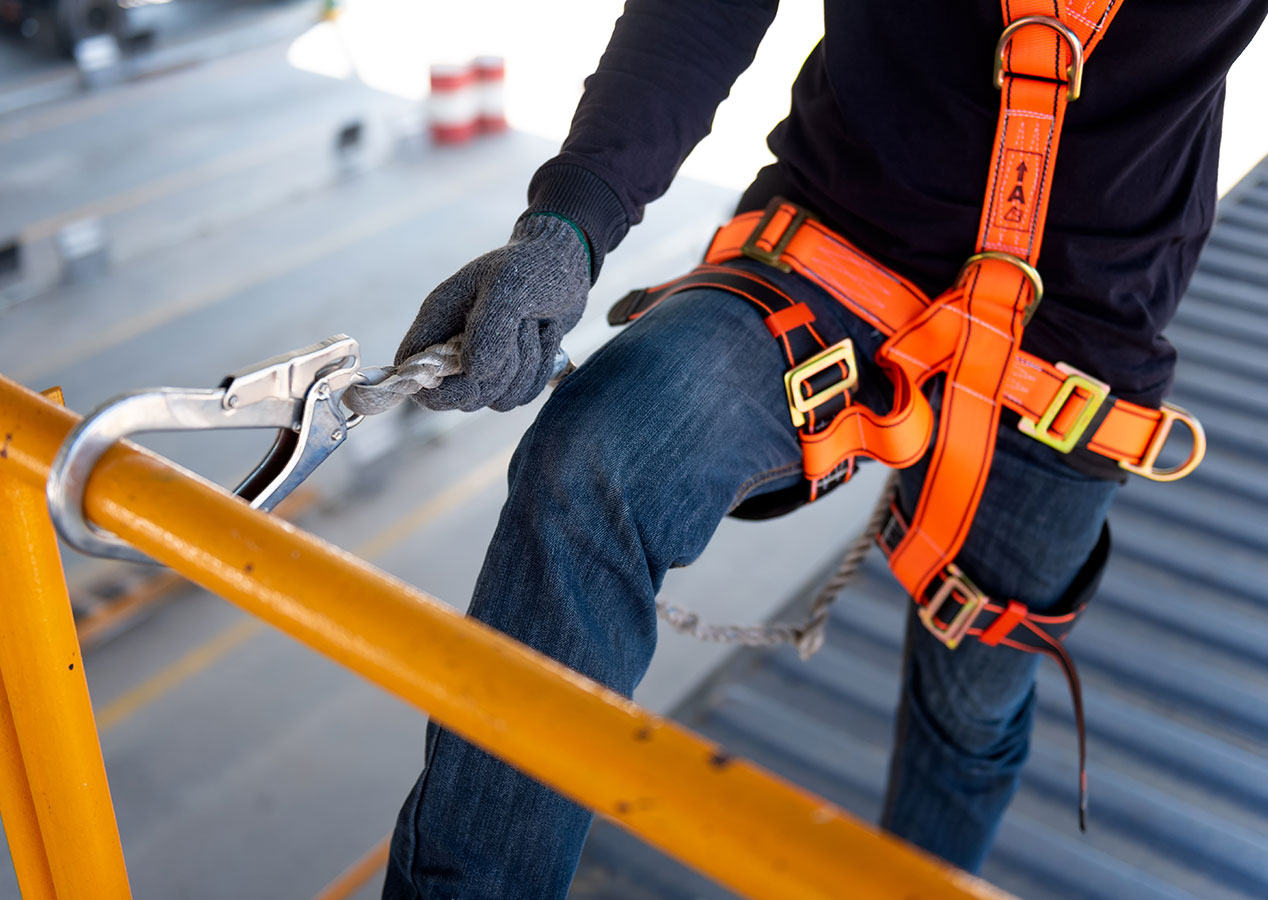Safety first: what EHS is and why we need it in construction

The construction industry is often described as high risk because of its potential impact on the health and safety of workers. Job sites are dynamic places where workers engage in many activities that may expose them to a variety of hazards, such as falling objects, injuries while operating heavy equipment, airborne toxins and falls from rooftops or scaffolding. Therefore, protecting the health and safety of workers is critical for the success of construction projects.
Proactive safety planning during all phases of construction is essential to reduce the risk associated with job sites. This process typically involves an Environment, Health and Safety (EHS) department within the construction company that, among other things, conducts project hazard analysis, examines high-risk activities and implements accident prevention strategies.
What is EHS
EHS is the department tasked with ensuring that the work undertaken by the company does not cause undue environmental damage or put the workers’ health and safety at high risk. EHS departments enforce rules and laws regulated by the Occupational Safety and Health Administration (OSHA) and the Environmental Protection Agency (EPA). As such, they govern their organization’s approach to sustainability and corporate responsibility.
In a construction company, an EHS department aims to protect the safety of workers and reduce environmental damage.
Factoid
In the 1970s, the formation of the EPA initiated environmental management requirements, which were followed by other regulatory systems at the state level. The Occupational Safety and Health Act of 1970 imposed additional regulatory requirements on employers. It requires employers in the U.S. to protect their employees from work hazards that cause or are likely to cause death or serious physical harm (OSH Act 5(a)(1)). International EHS standards are set by ISO 14001 and OHSAS 18001.
Why Is EHS Important?
EHS is important because it protects people and the environment.
Many industries make valuable products and provide important services while at the same time causing harm to the air, water and land and putting workers health and safety in danger. EHS departments ensure that companies conduct business in an environmentally, socially and humanly responsible manner.
Construction: A Risky Business
According to the U.S. Bureau of Labor Statistics (BLS) and OSHA’s latest figures, 4,764 workers died on the job in 2020, down 10.7% from 5,333 in 2019. The decrease was partly the result of Covid 19-pandemic-related business slowdowns in multiple industries. Workers in transportation, material moving, construction and extraction occupations accounted for nearly half of the deaths, 47.4%, with construction representing 20% at 976.
Falls represent 34% of all construction deaths, followed by struck-by accidents, electrocutions, and caught in-between’s. Together, the “fatal four” add up to 60% of all construction-related deaths. The cost of fatal construction injuries reaches $5 billion each year in health care, lost income, reduced quality of life for family members and lost production. Costs for non-fatal injuries exceed $170 billion each year.
According to the National Safety Council, every dollar invested in prevention saves $2 in accident consequences. It is said that doing nothing about construction accidents is 200% to 300% more expensive than investing in prevention measures.
EHS in Construction
EHS is a complex process that involves a comprehensive strategy and its deliberate execution and management.
Large companies usually have designated EHS staff composed of environmental, health and safety specialists, managers, directors, engineers and consultants, as well injury prevention specialists and compliance officers. These professionals are responsible for the following tasks, among others:
- Creating and implementing a comprehensive EHS program.
- Identifying risks and hazards and devising a management strategy.
- Performing assessments to ensure continuous compliance.
- Ensure that EHS training is both site-specific and job-specific.
- Evaluate and adopt technology, such as EHS management software.
- Conducting frequent inspections of the job sites, heavy machinery and equipment.
- Selecting adequate personal protective equipment and training on how to use it correctly.
- Establishing safe dismantling procedures to protect workers and the environment.
- Managing site traffic–of cars, trucks, cranes, excavators, pedestrians, etc.–to avoid accidents.
- Having a responsible approach towards sustainable development, limit environmental damage.
- Developing a system to reduce waste, maximize the use of resources and curb environmental impact.
CIC: A Culture of Safety
At CIC Construction Group, safety is the most important aspect of the construction business. The company’s goal for every project is always the same: zero accidents.
CIC has a meticulous EHS program supported by advanced technology, precise systems and experts who manage every aspect of safety in every project. The firm uses EHS management software to collect and analyze raw data from each job site and use that information to identify potential risks and develop effective prevention strategies. It also invests in ongoing educational and safety management workshops to keep employees focused on working safely and protecting the environment.
“For many companies, an EHS program is just about compliance. For us, it’s a reflection of our corporate culture and values,” says Nelson Lebrón, CIC EHS director. “Every company wants zero accidents, but for us this goal is more than a number—it’s the sum of all the efforts our EHS team makes to reduce risk, prevent accidents and protect the health and safety of our employees.”
Lebrón points out that an exceptional EHS program is the best tool a construction company has to ensure the safe and successful completion of projects.
For more information about CIC’s EHS program, please contact us. We’ll be happy to answer your questions.
Sources: BLS, OSHA, CDC, National Safety Council, Midwest Economic Policy Institute, KPA.
